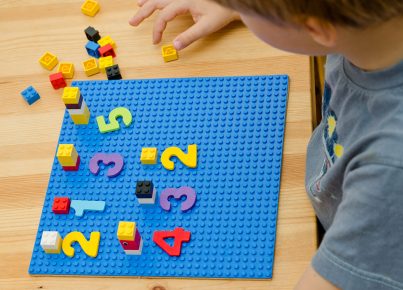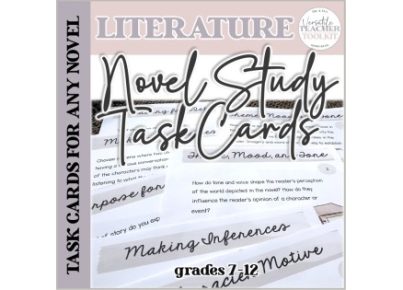Introduction:
Integrating literacy strategies into science teaching not only encourages the development of reading skills but also promotes critical thinking and problem-solving abilities in students. In this article, we’ll explore 10 different ways to incorporate literacy into your science instruction to foster deeper understanding and meaningful learning experiences.
1. Engage in science-themed read-alouds:
Choose engaging fiction or non-fiction books related to your science topics to read aloud. This exposes students to accurate scientific concepts and vocabulary while developing their listening and comprehension skills.
2. Utilize text-based discussions:
After reading a scientific article, encourage students to engage in small-group or whole-class discussions to clarify, question, and debate information from the text.
3. Incorporate science journals:
Ask students to document their observations, questions, ideas, and reflections in a science journal. This practice helps them organize their thoughts and reinforce new concepts.
4. Use graphic organizers:
Graphic organizers, such as concept maps or flowcharts, can help students visualize the connections between science concepts and structure their understanding of the content.
5. Integrate close reading techniques:
Teach close reading strategies that enable students to extract pertinent information from complex science texts. Encourage them to highlight key words, annotate main ideas, and analyze visuals like graphs and diagrams.
6. Promote inquiry-based learning:
Have students collaborate in small groups to complete hands-on investigations that require problem solving, observation, data collection, and analysis. This process naturally fosters engagement with scientific texts and vocabulary.
7. Implement writing-to-learn activities:
Incorporate short writing assignments such as summaries or reflections about new scientific knowledge or laboratory experiments. These tasks provide opportunities for students to solidify their understanding while practicing writing skills.
8. Employ content area writing assignments:
Challenge students with longer research projects or more formal informational reports that require mastery of scientific concepts and source citation.
9. Teach note-taking and study skills:
Show students how to organize their learning, identify main ideas, and summarize information from a variety of sources, in order to facilitate comprehension and retention of scientific content.
10. Use digital tools and resources:
Introduce students to digital platforms such as educational apps or interactive simulations that can help them interact with the material more effectively and support their literacy development.
Conclusion:
Incorporating these 10 strategies into your science instruction not only cultivates a deeper understanding of scientific concepts for your students but also builds their literacy skills that are crucial for academic success across disciplines. By fostering a love of learning and ensuring strong literacy foundations, you’re setting your students up for a lifetime of achievement in both science and other subject areas.




